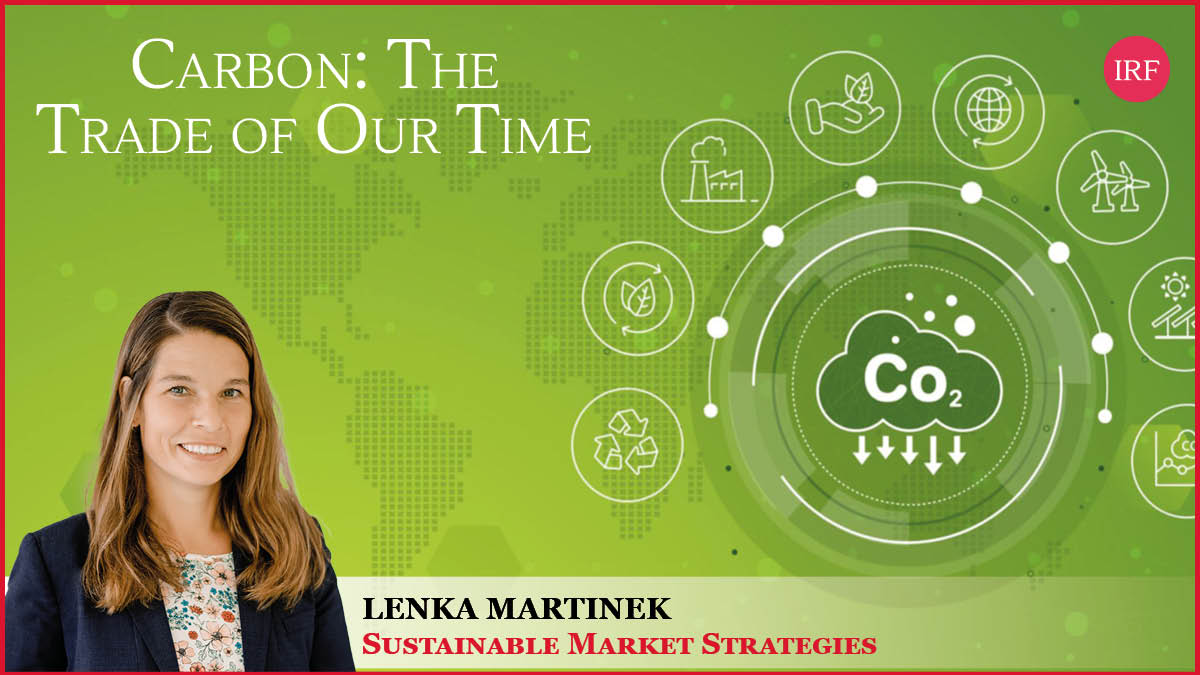Carbon: The Trade of Our Time
Sustainable Market Strategies
Wed 13 Nov 2024 - 15:00 GMT / 10:00 EST
Summary
Lenka Martinek highlights the investment potential of carbon markets, particularly regulated ones, which aim to reduce greenhouse gas emissions by leveraging the scarcity principle to drive up carbon prices over time. Regulated markets, such as the European Union Emissions Trading System (EU ETS) and the California-Quebec Carbon Market, offer greater credibility and stronger prospects for price appreciation compared to voluntary markets, which face challenges related to standardisation and credibility. The EU ETS, in particular, is poised for significant changes under the Fit for 55 package, enhancing its appeal to investors. Global adoption of carbon pricing mechanisms and rising demand for carbon offsets are driving market growth, though the sector remains relatively immature and less liquid. Investors can gain exposure through carbon Exchange Traded Funds (ETFs) or direct investment in carbon allowances. While voluntary markets show potential with improving international cooperation, regulated markets remain the primary focus for investors due to their reliability and structured frameworks. Despite their unique long-term growth opportunities and diversification benefits, it is vital to conduct thorough research and carefully evaluate the specific risks and strategies associated with this evolving market.
Topics
Regulated carbon has proven itself as a liquid and investable asset class. Inflation protection and low correlation to other assets are among the asset’s top financial qualities
Returns over the past year have not been lucrative because a confluence of factors have weighed on prices. Fortunately, most of these headwinds are now reversing, making an excellent entry point, particularly in North America
Ways to get involved in regulated carbon markets include direct participation in quarterly auctions (or via an LP fund) and trading the corresponding futures/related ETFs
